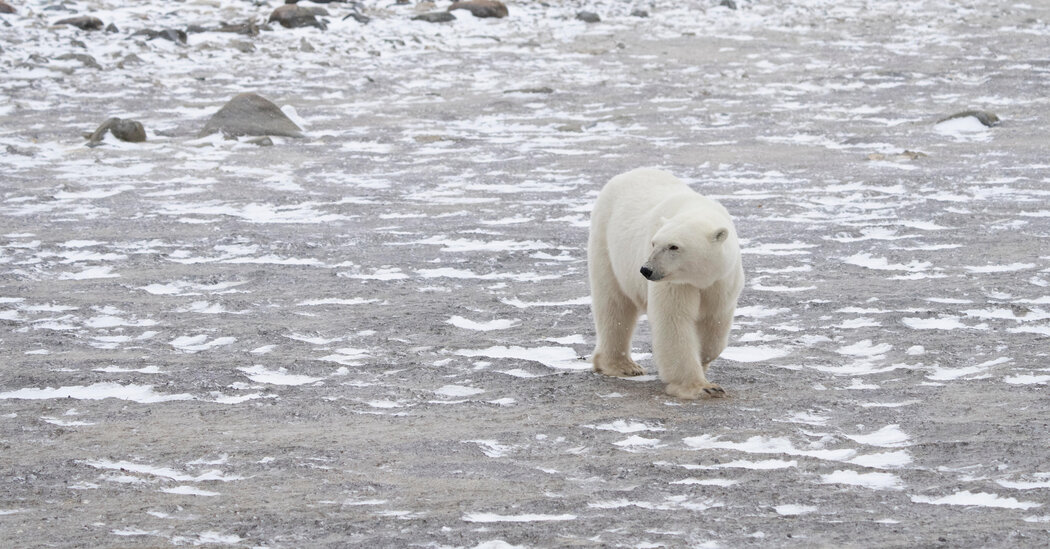One group in Hudson Bay might have roughly decade left because sea ice is becoming too thin to support them as they hunt, according to new research.
Polar bears in the Southern Hudson Bay could go extinct as early as the 2030s because the sea ice that helps them hunt for food is thinning, a new study suggests.
“We’ve known that the loss of Arctic sea ice would spell disaster for polar bears, so this might be the first subpopulation that disappears,” said Julienne Stroeve, the lead author of the study, which was published Thursday in the journal Communications Earth & Environment.
Last month, the eastern half of Hudson Bay, home to the world’s most-studied polar bears, went ice free a month earlier than usual.
Polar bears are used to an ice-free season of about four months when they rely on fat reserves until ice reforms and they can hunt blubber-rich seals from the floes. But the presence of sea ice doesn’t guarantee the bears will be able to hunt; it needs to be thick enough to support them.
While earlier studies looked at the expanse of sea ice coverage to determine the survivability of the species, Dr. Stroeve and her colleagues used climate models from the Intergovernmental Panel on Climate Change’s most recent report to project when the remaining ice would be too thin for the bears to hunt successfully.
While there is no consensus on how much ice is needed to support an adult male polar bear, the study relied on field research to determine a base line of about 10 centimeters, or just under four inches.
